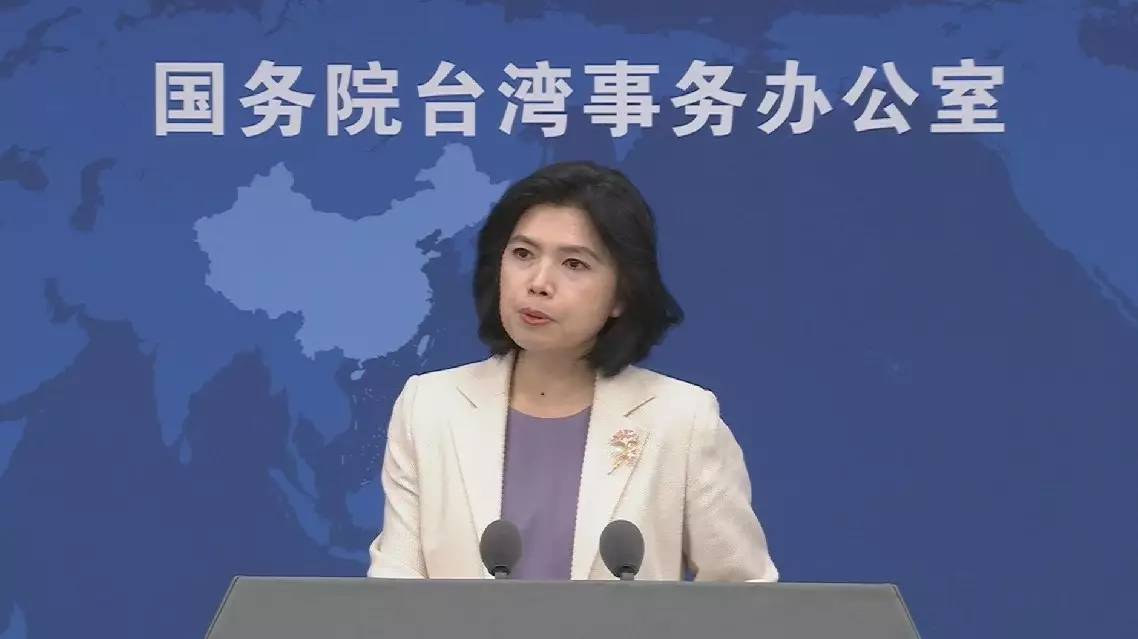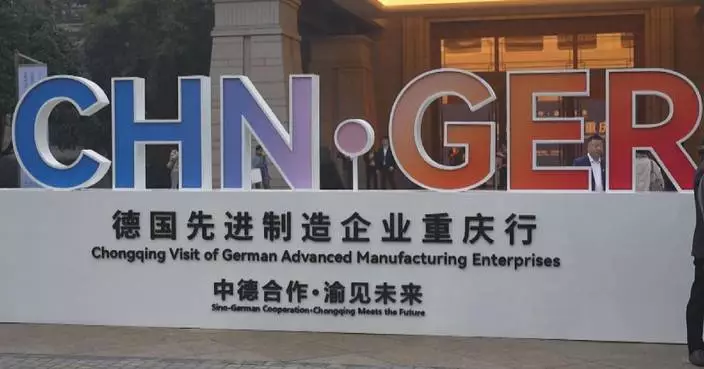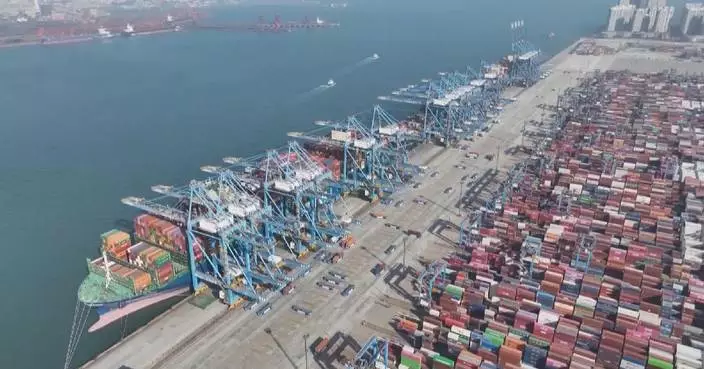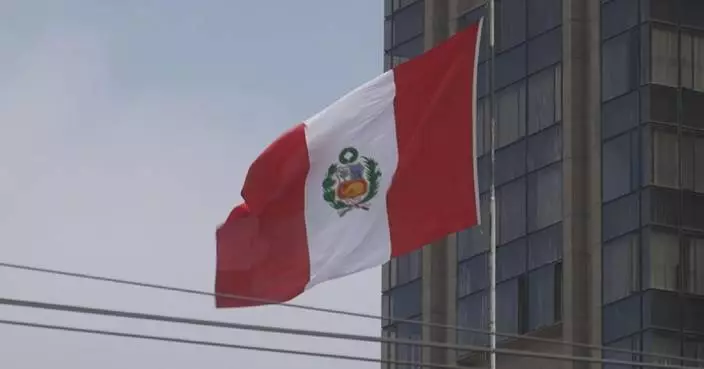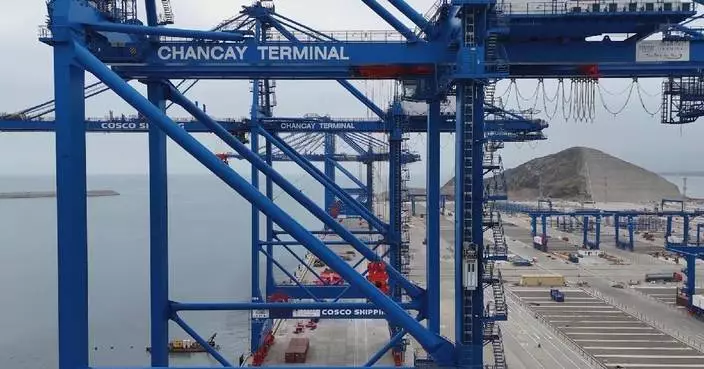A village in east China's Fujian Province has generated hundreds of thousands of U.S. dollars in carbon trading since it made headlines three years ago by securing the country's first forest carbon credit stamp and allowing locals to earn money from the scheme.
Under the province's forest carbon credit system, launched in 2021, companies purchase credits from forest owners as a permit to emit a certain amount of greenhouse gases.
In 2022, Changkou Village in Fujian distributed the 140,000 yuan (about 19,836 U.S. dollars) it earned from its forest carbon credits in the first year of the program, with each resident receiving 150 yuan (around 21 U.S. dollars) in cash.
"We each received 150 yuan from the sale," said Sun Guiying, a local villager.
"Everyone found it incredible and amazing that even air could be sold," added Yang Liyi, vice director of the village.
Further credits are converted from added forest areas based on the amount of carbon the land can capture, providing an incentive for the village to expand its afforestation efforts.
According to Peng Xiaoyong, director of the Afforestation Division at Sanming Forestry Bureau, Chinese President Xi Jinping on the 23rd of March, 2021, visited Sanming for an inspection tour and proposed the need to explore and improve mechanisms for realizing the value of ecological products.
Just two months after President Xi's visit, the bureau issued its first forest carbon credit stamps.
Since then, nearly 50 such projects have been launched in villages under Sanming city's jurisdiction, generating 330,000 U.S. dollars in carbon trading.
The extra income makes a difference in villagers' lives, while their preservation efforts contribute to a crucial global fight against climate change, with added forests serving as "carbon sinks", sequestrations that remove carbon dioxide or other greenhouse gases from the atmosphere.
"Carbon sinks are actually one of the most environmentally friendly, cost-effective, and practical measures," said Peng.
"People's attitudes and perceptions about this idea are changing, and the shift is growing. By protecting our forests, we can gain even greater economic value from them," added Yang.
A local afforestation company compared a well-managed forest plot with one that has not been fertilized and weeded. The managed plot grew at a faster rate, therefore absorbing more carbon.
"The total timber volume here is 14 cubic meters per mu (210 cubic meters per hectare), while the adjacent area only reaches seven to eight cubic meters per mu (105 to 120 cubic meters per hectare), which is about a 40-percent difference," said Jiang Qineng, deputy manager at Fujian Jinsen Carbon Sequestration Technology Co.
Other provinces have begun issuing their own forest carbon credit stamps and planners hope a national standard will be established to give the stamps wider tradability.
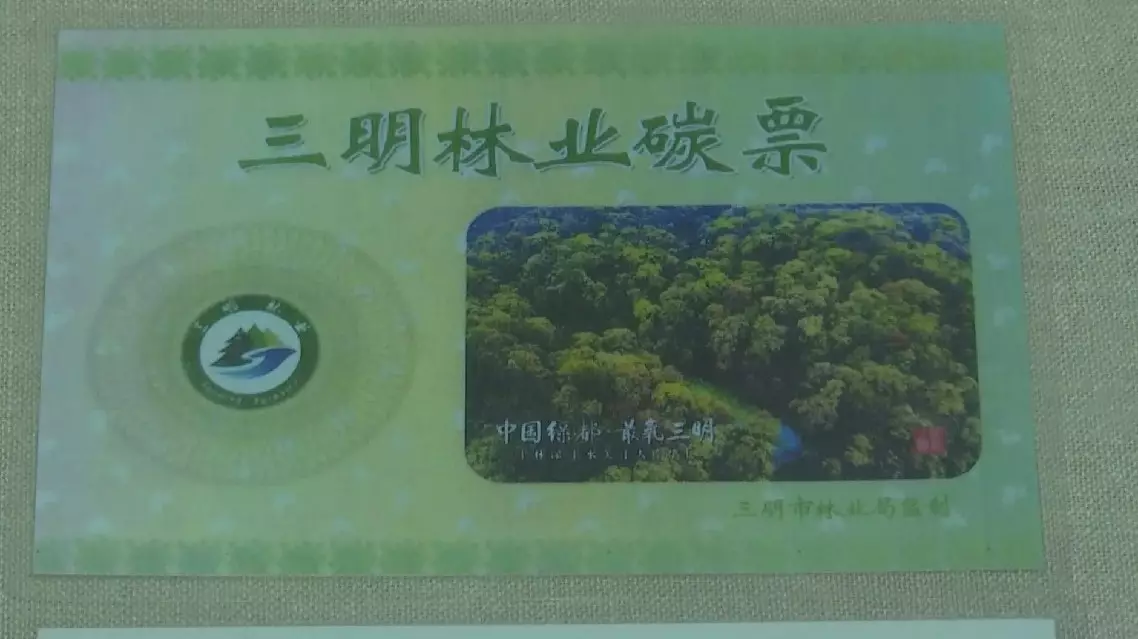
Carbon credit stamps generate income for afforesting villagers three years on


